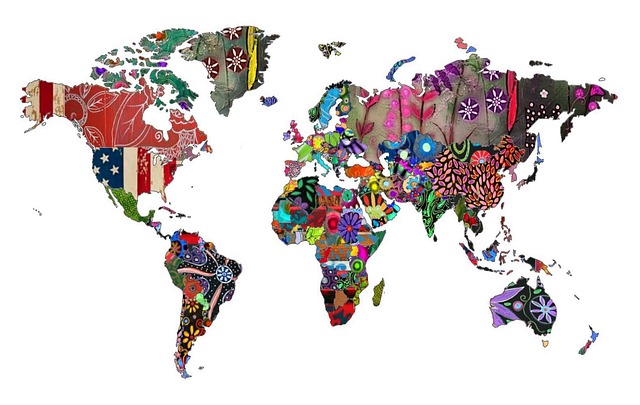In India, a country of 1.4 billion, it took TikTok just a few years to build an audience of 200 million users. India was its biggest market. Then, on June 29, 2020, the Indian government banned TikTok, along with 58 other Chinese apps, after a simmering conflict between India and China flared into violence at their border.
A popular form of entertainment, which had not been the subject of political debate, vanished overnight. Now, as politicians are wrangling in Washington over a plan that could shut access for the 170 million Americans using TikTok, the example set by India gives a foretaste of what may come — and how audiences and other social media companies catering to them might respond.
TikTok, owned by ByteDance in Beijing, came to India early, establishing a wide base in 2017 in dozens of the country’s languages. Its content — short videos — tended to be homey and hyperlocal. An endless scroll of homemade productions, many of them shot in small towns or farms and set to popular music, helped while away the hours across the world’s cheapest and fastest-growing mobile-data network. As it has in the United States, TikTok became a platform for entrepreneurial extroverts to build businesses.
Veer Sharma was 26 when the music stopped. He had collected seven million followers on TikTok, where he posted videos of himself and friends lip-syncing and joking around to Hindi film songs. He was the son of a laid-off millworker from the central Indian city of Indore and barely finished formal schooling. His TikTok achievements filled him with pride. He felt “beyond happy” when people recognized him on the street.
They were happy to see him, too. Once, Mr. Sharma said, an “elderly couple met me and said they would watch my show before going to bed, for a laugh.” They told him that his “show was a way out of their daily life’s drudgery.”
With his new stardom, Mr. Sharma was earning 100,000 rupees, about $1,200, a month. He bought a Mercedes. After the ban in 2020, he barely had time to make one last video for his fans. “Our times together will be ending soon, and I don’t know how or when we will be able to meet again,” he told them.
Thank you for your patience while we verify access. If you are in Reader mode please exit and log into your Times account, or subscribe for all of The Times.
Thank you for your patience while we verify access.
Already a subscriber? Log in.
Want all of The Times? Subscribe.

